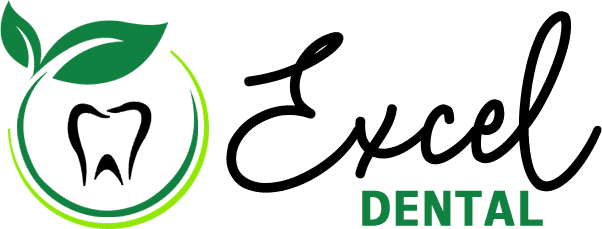In dentistry, a captivating smile stands as a symbol of confidence and self-assurance. However, misaligned teeth, commonly known as malocclusion, can hinder the attainment of this radiant grin. Fortunately, orthodontic treatments have emerged as practical solutions to correct these dental imperfections, restoring both function and aesthetics. The two most prevalent orthodontic options are traditional braces and Invisalign, each offering unique advantages and disadvantages.
Traditional Braces: A Classic Approach to Orthodontic Correction
Traditional braces, the cornerstone of orthodontic treatment for decades, employ a system of metal or ceramic brackets bonded to the teeth, interconnected by wires that gradually shift the teeth into their desired positions. This method has proven remarkably effective in addressing a wide range of orthodontic concerns, including severe cases of malocclusion.
Advantages of Traditional Braces:
1. Effectiveness:
Traditional braces correct complex orthodontic problems, including crowding, spacing, overbites, underbites, and crossbites.
2. Affordability:
Compared to Invisalign, traditional ones offer a more cost-effective treatment option.
3. Durability:
Traditional braces boast exceptional durability, ensuring long-lasting results.
Disadvantages of Traditional Braces:
1. Visibility:
Traditional braces, particularly metal ones, can be noticeable, potentially affecting self-esteem.
2. Discomfort:
The initial adjustment period may involve pain and potential mouth sores.
3. Dietary Restrictions:
Certain foods, such as hard or sticky items, may require avoidance during treatment.
4. Cleaning Challenges:
Thorough cleaning around the brackets and wires can be more time-consuming.
Invisalign: A Discreet Alternative
Invisalign, a revolutionary orthodontic innovation, utilizes a series of clear, removable aligners to realign teeth gradually. These aligners are custom-made to fit the patient’s teeth precisely, making them virtually invisible to the naked eye.
Advantages of Invisalign:
1. Discreetness:
Invisalign’s transparency allows for a more discreet orthodontic treatment, minimizing the impact on self-esteem.
2. Comfort:
Invisalign is generally more comfortable, reducing the risk of mouth sores.
3. Removable Aligners:
The ability to remove aligners for eating and cleaning simplifies oral hygiene and dietary considerations.
Disadvantages of Invisalign:
1. Effectiveness:
Invisalign may not be suitable for severe orthodontic cases, requiring more complex treatment methods.
2. Compliance:
Successful treatment with Invisalign hinges on strict compliance with the recommended wear time for each aligner set.
3. Cost:
Invisalign may incur a higher cost when compared to traditional ones.
Navigating the Choice: Traditional Braces vs. Invisalign
The decision between traditional braces and Invisalign should not be taken lightly. It is crucial to consult with an experienced orthodontist to determine the most suitable treatment option based on individual needs, preferences, and dental conditions.
Factors to Consider:
1. Severity of Orthodontic Problems:
Traditional braces may offer superior effectiveness for complex cases.
2. Lifestyle and Compliance:
Invisalign’s removable nature suits those with busy lifestyles or dietary restrictions.
3. Aesthetic Preferences:
Individuals seeking discretion may prefer Invisalign’s transparency.
4. Financial Considerations:
Cost and insurance coverage should be carefully evaluated.
Traditional and Invisalign aligners have proven their efficacy in restoring smiles and enhancing oral health. The choice ultimately depends on individual circumstances and preferences. By collaborating with a skilled orthodontist, patients can embark on a personalized orthodontic journey towards achieving a smile that radiates confidence and reflects their true selves.
You can also read our latest article: How Long Do FastBraces Last?


